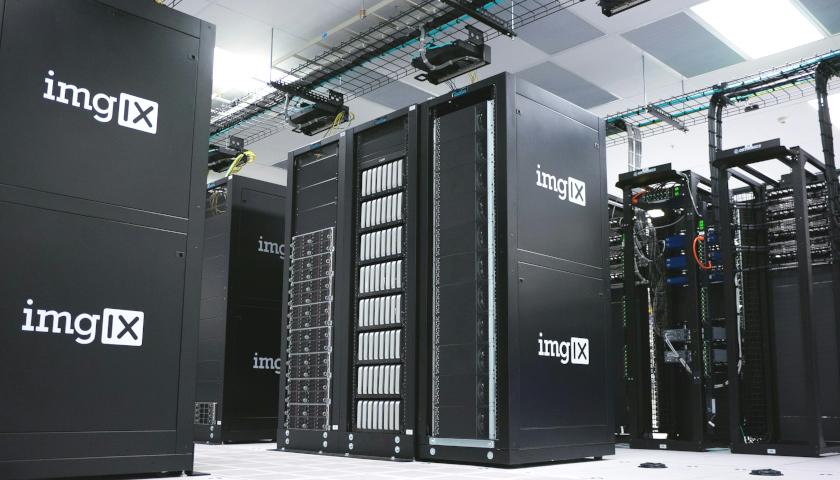A new study finds Connecticut has the highest monthly electric bills in the continental United States, with residents paying an average of $173.16 per month, or, $2077.94 for the yearly total in 2022.
According to the study, conducted by real estate data company Ownerly, Connecticut trailed only Hawaii for the highest monthly electric bills in 2022. Hawaiians paid an average monthly electric bill of $210.26, or, $2,523.14 for the year.
To determine average monthly electric bills in each state, Ownerly studied residential estimated electricity use and sales data from the U.S. Energy Information Administration from October 2018 through September 2022.
Following Connecticut, states with the highest monthly electric bills last year were Alabama, at $164.62 average monthly cost; Georgia, at $153.45; Texas, at $152.83; South Carolina, at $152.53; Louisiana, at $150.86; Florida, at $150.57; Mississippi, at $148.54; and Tennessee, at $147.62.
Results of the study found yearly energy expenditures have increased by 10 percent or more in 18 states. The nation as a whole saw electricity bills raised by $12 per month – or about $150 for the year – not including customer fees.
Ownerly points out, however, that “states have not felt this impact equally”:
In Hawaii, electricity bills are up by almost $40 a month compared to the previous year, for an annual increase of more than $450. Connecticut, Alabama and Georgia have also seen large upturns. Mainers’ yearly energy spend jumped by a whopping 31% over last year’s level.
But not everyone has experienced such big increases—or any increase at all. Michigan, Montana and Rhode Island costs have stayed basically the same as in 2021, while Wyoming and Oregon residents have seen their average bills actually decrease over the last 12 months.
While Connecticut joins Hawaii, California, Massachusetts, and New Hampshire as the states with the highest price per kilowatt hour in 2022, Massachusetts and California, according to the study, have less average monthly electric consumption, and, therefore, lower bills on average, than in Connecticut.
As CT Examiner reported last week, Connecticut customers of Eversource or United Illuminating are paying at least 43 percent more for electricity as the New Year began – a significant increase that customers of the state’s smaller local utility companies have, thus far, escaped.
Officials in Connecticut and Massachusetts met recently with PURA, Connecticut’s energy regulator, and its counterpart in the Bay State, for a hearing to review how Eversource buys power in both states.
Both Eversource and PURA officials appear to blame the significant increase in electricity costs on reliance on natural gas and the shortage of its supply – due to the war in Ukraine.
Eversource Director of Electric Supply Jim Shuckerow said the volatility in New England’s electricity market is reliance on natural gas, which is in limited supply, to produce half of the region’s electric power, the Examiner reported.
Shuckerow said the answer is to rely less on natural gas and more on renewable energy, such as offshore wind.
“There are goals to bring on more renewables, but that’s not happening quickly,” Shuckerow said. “So we’re in a situation with high prices, really driven by the war [in Ukraine]. And we’re all hoping that prices will decline and the world markets will adjust, but those are a lot of ‘ifs.’”
Connecticut energy regulator PURA Chair Marissa Gillett agreed, according to the report, that New England’s reliance on gas and the current lack of supply must be resolved.
“[I]f the regional market is constrained by the lack of natural gas flowing into the region, so long as the New England market is over-reliant on natural gas, our procurement strategy is more in the peripheral,” Gillett said. “Your underlying issue of the fuel supply constraints is going to remain the primary driver of supply costs.”
While high costs of electricity are attributed to a natural gas shortage produced by overreliance on a fossil fuel and its short supply caused by the war in Ukraine, when electricity consumption decreases, green energy, it seems, is given attribution.
According to a Hearst Media report last week, New England “achieved an all-time low for grid electricity consumption across multiple days last spring, with an increasing prevalence of solar panels thought to be a contributing factor.”
Journal Inquirer columnist Chris Powell noted in November the continued blaming of the war in Ukraine for exorbitant electricity hikes in Connecticut amounts to “the national Democratic administration’s pledge to destroy the country’s conventional energy industry – not just coal, which still produces much electricity, but also oil and natural gas, the latter producing more than half the electricity used in Connecticut.”
Powell referred to the push in Connecticut to “reduce our reliance on sources like natural gas” as “nonsense”:
Natural gas didn’t cause its own price increase. Gas supply is fairly constant and the country can produce far more than enough energy for its own needs. Meanwhile alternatives to conventional energy are not yet adequate, reliable, or economical.
“That is, the country has neglected its energy security and no one is taking responsibility for the policy mistake,” Powell asserted, suggesting that perhaps “the colder the winter gets, the less persuasive environmental extremism will seem.”
Connecticut, he said, needs to “question where inflation comes from, since it is affecting everything and was raging long before the war in Ukraine began.”
– – –
Susan Berry, PhD is national education editor at The Star News Network. Email tips to [email protected].
Photo “Woman Looking at Bill” by Mikhail Nilov.





